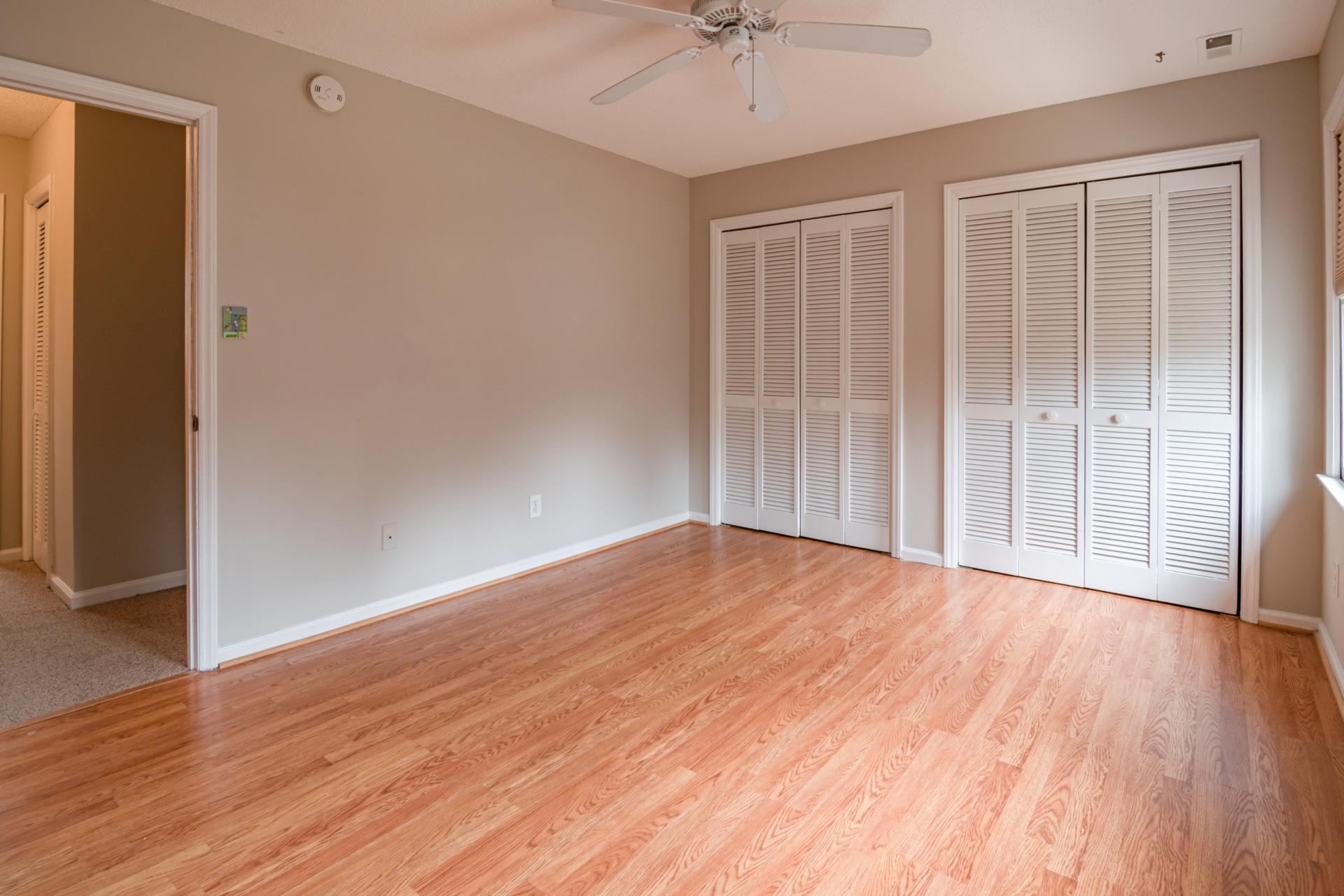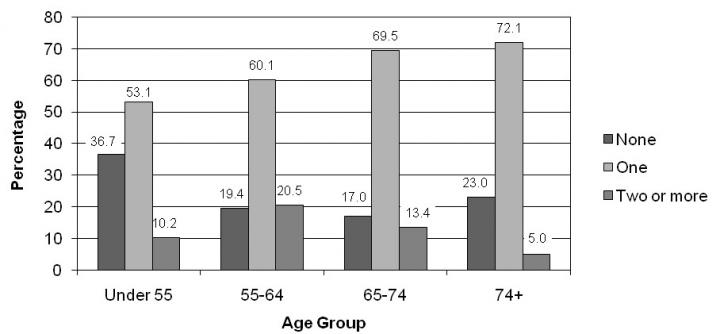Very low supplies of rental housing in some parts of Australia have raised concerns about significant numbers of unoccupied housing as revealed by the 2021 Census, and have some local governments asking whether unoccupied housing can be redirected to the private rental market.
Empty homes
The 2021 Census reveals that 10.1 per cent (1,043,776 homes) of Australia’s 10,318,997 private dwellings were unoccupied on the night of the Census. While this may seem that a very large proportion of Australia’s housing is unlived in, the reality is dwellings are identified as unoccupied for a number of reasons such as:
- homes are being renovated
- homes being sold as vacant possession
- newly built or bought homes where no one has moved in yet
- rental homes awaiting new tenants
- people living away temporarily from home during the census count (travelling or visiting other homes)
- homes are deemed unliveable
- subject to a probate application or other legal proceedings
- holiday homes
- homes owned by people currently living overseas
- homes being land banked, that is held vacant until the local area economics (or personal circumstances) make it more profitable to sell or redevelop the property.
The proportion of unoccupied houses varies significantly across the country and is much higher outside of Australia’s state and territory capital cities. The reasons for this can include dwellings on rural properties where owners have moved into local towns (particularly as owners age); regional and rural areas which have experienced population decline; and areas where people have a beach or rural retreat house that will only be occupied for short periods of the year (holidays!).


